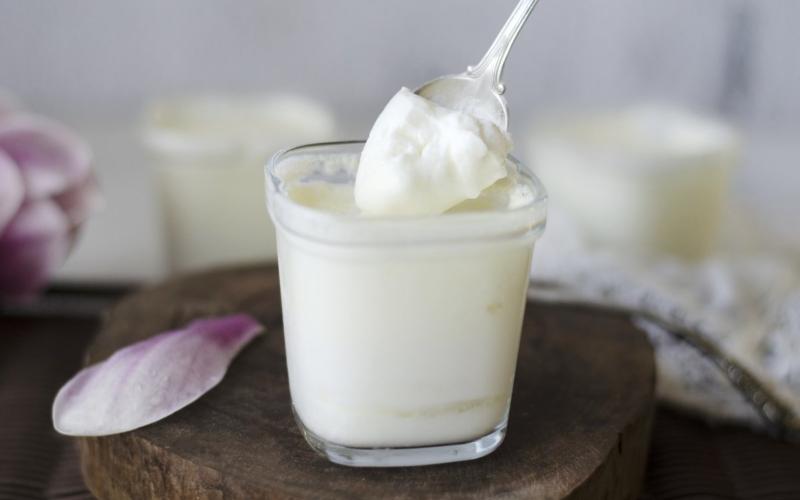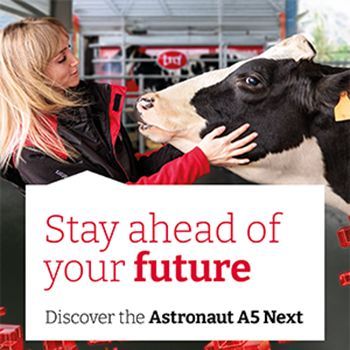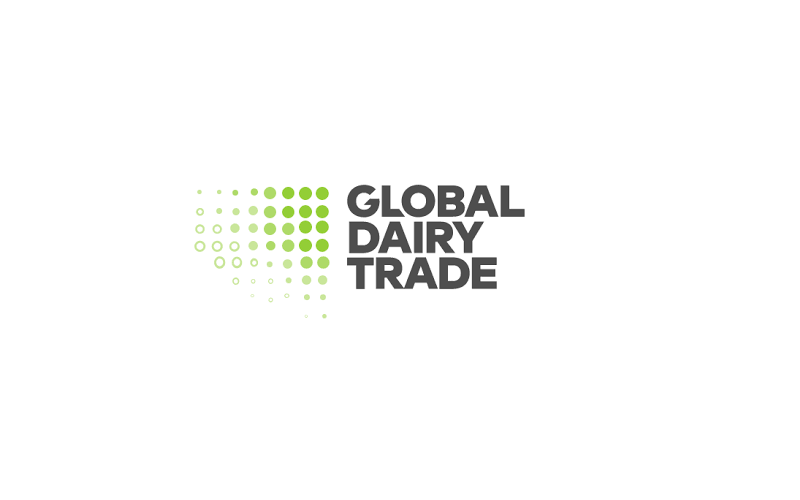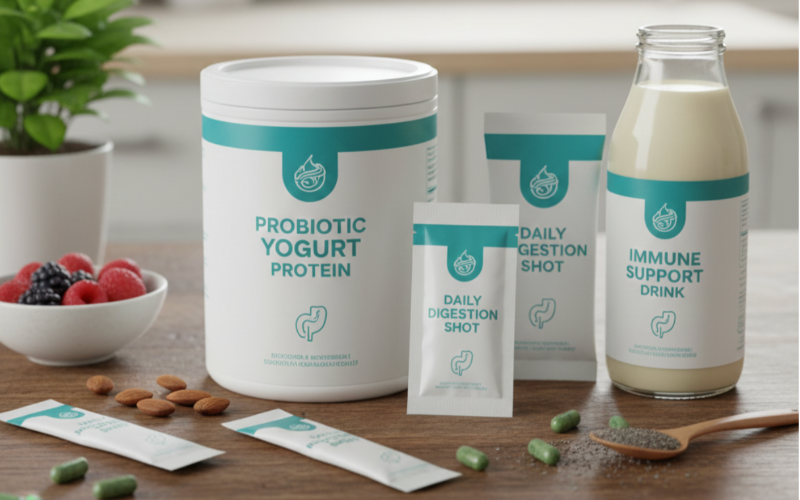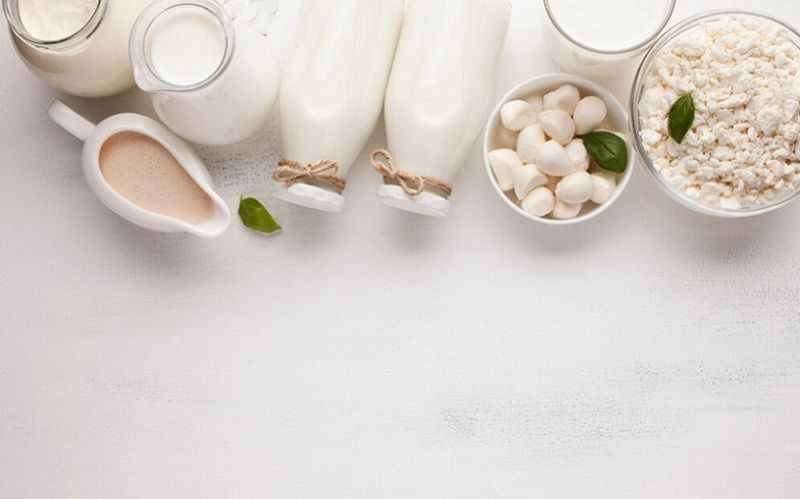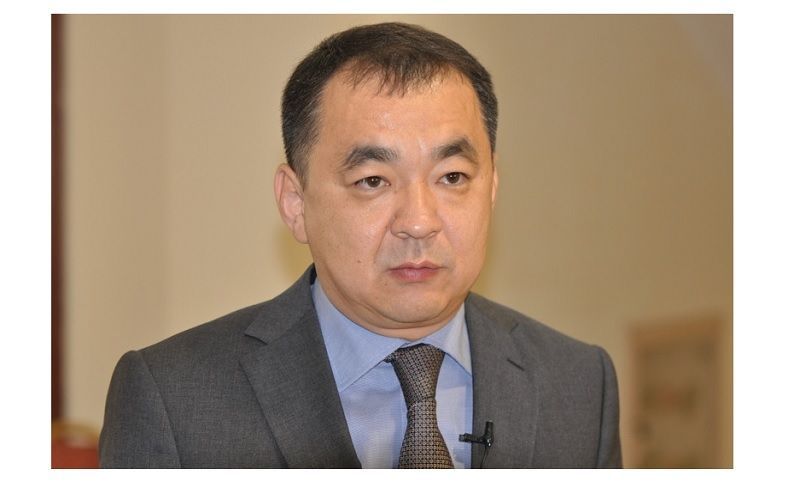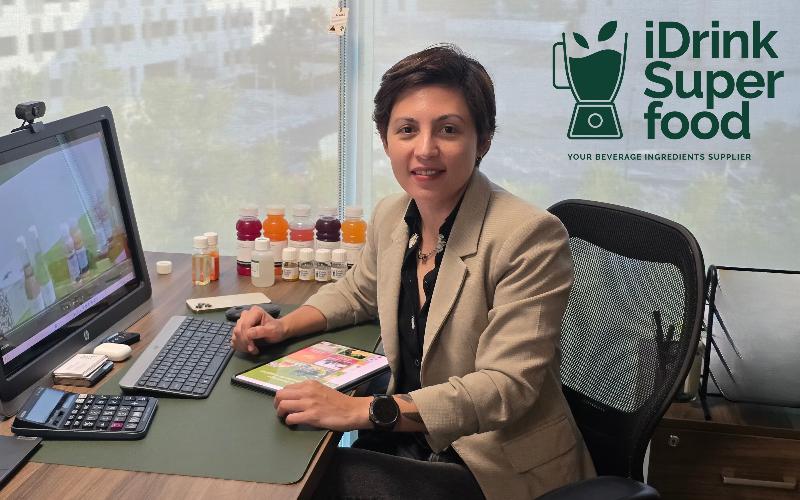Explore how soft matter physics, AI, and sensors are revolutionizing the perfect yogurt, optimizing its production and design for the dairy industry.
The pursuit of the perfect yogurt is being redefined by the integration of soft matter science, artificial intelligence, and intelligent sensors. This multidisciplinary approach allows for the decomposition of the 'molecular choreography' of proteins, gel networks, and air bubbles essential for the texture and stability of this dairy product. Understanding the nanometric scale organization of elements like casein micelles in milk is crucial to designing creamy, stable yogurts with specific characteristics, thus opening a new era in dairy production and food design.
Optimizing Production with AI and Sensors
Artificial intelligence (AI) and intelligent sensors are transforming yogurt production by predicting food behavior based on the meticulous data of its microstructure, processing conditions, and composition. This allows manufacturers to design new formulas without traditional trial and error, optimize fermentation times, and adjust texture in innovative products, including 3D-printed foods. Advanced models such as Physics-Informed Neural Networks (PINNs) combine physical equations with experimental data for highly accurate predictions, while artificial vision systems analyze structural changes in real time, automating and elevating quality control in the dairy industry.
Rheology: Key to Texture and Sensory Experience
Rheology, the science of the flow and deformation of materials, plays a central role in the pursuit of the perfect yogurt. Measuring properties like viscosity, elasticity, and consistency enables food engineers to design products that meet technical standards and offer the desired sensory experience for consumers. An ideal yogurt must have the appropriate resistance to maintain its shape (high storage modulus) while remaining fluid enough to be comfortably consumed with a spoon (adequate flow index). Rheological values are thus essential tools in designing personalized and reproducible dairy foods on a large scale.
Transformative Impact on the Food Industry and Personalized Nutrition
The impact of this technology on the dairy and food industry is immense. The capacity to design foods with predictable structures paves the way for more efficient and sustainable personalized nutrition. A profound understanding of the internal structure of foods not only improves preservation but also reduces the need for additives and creates healthier versions of traditional products. This integration of physics, biotechnology, and digitalization is reshaping how foods are conceived, produced, and consumed, enabling the rational design of functional, sustainable, and highly attractive products for modern consumers.
The Future of Dairy: Innovation for Sustainability
The union of soft matter physics, artificial intelligence, and intelligent sensors not only promises to optimize production but also drives innovation towards a more sustainable dairy industry tailored to future needs. The ability to control the microstructure of yogurt and other dairy products from the design phase is key to developing offerings that meet health, taste, and efficiency criteria. This technological advancement is a step forward in creating foods that satisfy the palate while contributing to consumer wellbeing and the planet's sustainability.
Source:
Muy Interesante – La nueva ciencia detrás del yogur perfecto: física blanda, inteligencia artificial y sensores inteligentes